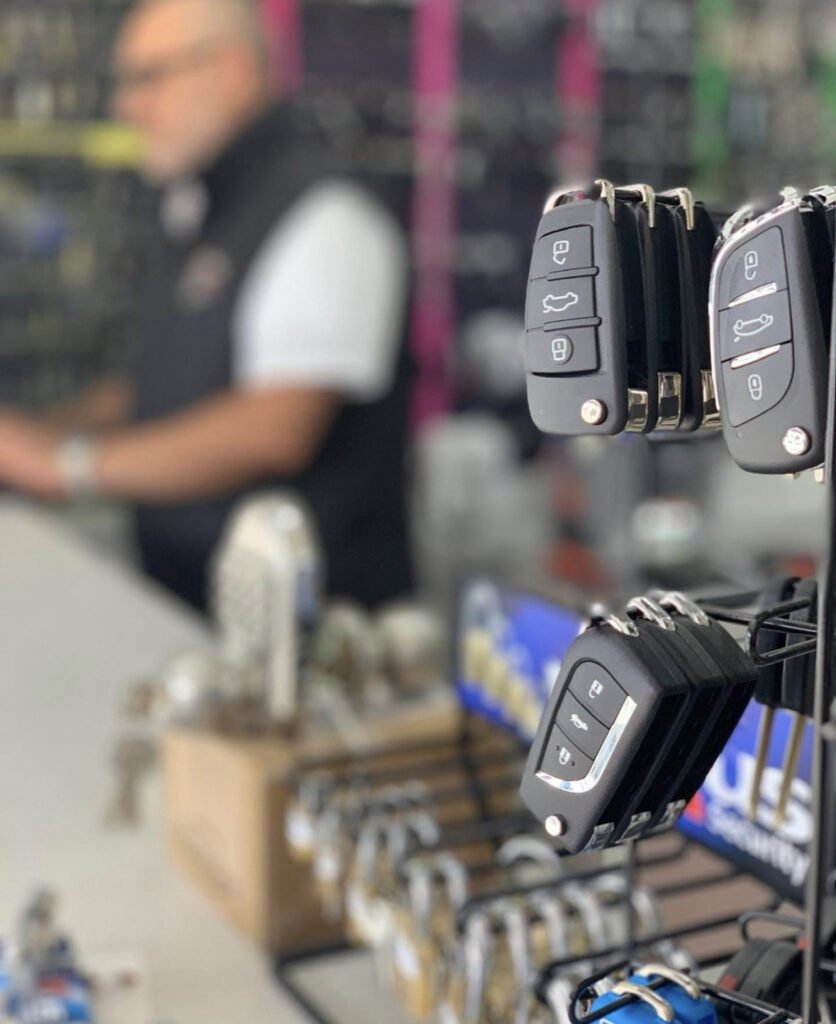Lexus Key Replacement - Replacing a Remote Or Fob
The battery in the key fob will eventually run out, whether you have the standard Lexus Key that turns the ignition, or an intelligent key for your vehicle, which starts by pressing a button. It's easy to replace it with a paperclip: Take the battery that is in use and replace it with the new one (refer to the owner's manual to determine which battery you require) and then clip it back into the correct position.
Keys
Lexus keys aren't always easy to replace. A specialist locksmith is required to design a spare that works. Each Lexus key comes with a microchip which must be programmed in order to communicate with the immobiliser system in your vehicle.
lexus replacement key programming requires time and special equipment to do properly, and each model has its own procedure for programming. Replacing remotes or keys is a cost-effective service that you should leave to professionals, unless you are equipped with the right tools and knowledge.
You'll have to replace the batteries in your smart key or conventional key. Both keys work by turning the barrel of the ignition. You can save money by doing this yourself, but you'll need an inexpensive Phillips screwdriver and coins (a 20p piece is a good choice) and a paperclip. On the back of the fob, you will see either two or one screw remove them and place them somewhere safe (they're tiny and easy to lose). Remove the fob to reveal an indentation that is circular for the key made of metal. Pop the battery out (using the paperclip) and replace it with the new one, making sure it's facing the right way up. Clip the inside of the key back to.
Remotes
Replacing a Lexus remote or fob is an extremely complex process that requires skilled locksmiths with the right tools as well as knowledge. Certain models require that the chip inside the key be programmed to function with the immobiliser system of the car. The chips are programmed with different methods, based on the model of Lexus. This is accomplished making use of a special device that sends a code chip to unlock the doors or start the engine.
Some Lexus vehicles are equipped with a key head that is a combination of the key head and remote. They are much easier to replace since there is no separate chip needed. This type of key can also be a little cheaper.
Regardless of the key type any fob eventually runs out of battery power. This is a stressful situation, but it's possible to get your Lexus back up and running with a bit of know-how. First, consult the owner's manual for the kind of battery you need and locate an alternative. Locate a small hole on the inside of the fob. Insert an amount of money (20p is a good choice) into the hole and twist. This should reveal an unflattened area that you can utilize a paperclip to take away.
Then, take out the battery that was used and replace it with the new one. Be sure to insert the battery using the proper the polarity. Finally, cut the inside of the fob back together and reconnect the key to the metal.
Transponder Chips
More or less all new cars manufactured after 1995 have transponder chips in the key head to disarm the immobiliser system. If you've got keys with a chip inside, the head comes with a cover which can be pulled off to reveal an L-shaped metal key. A transponder-chip replacement keys or fob is a process that involves multiple stages. It involves cutting keys precisely and programming the chip to communicate with the vehicle immobiliser.
A transponder is an electronic chip that has Non-Volatile Memory (NVM) which contains a set of windings (very fine wire that is wrapped around tubes) that look like the ones found in an electric motor. The windings are coded to create a signal that the car can read. If the code is correct then the car will allow you to start it up.
There are two types of transponder chip, one known as the 80 bit, and the other is known as a circle + (General Motors). The former is reusable but it needs to be unlocked by a special machine to be used in a compatible vehicle. The second kind is more difficult to use because the older keys could be damaged, broken or toss out when keycases are changed. They are able to be salvaged however and used with the service key, which doesn't require batteries to function.
Immobiliser Systems
Immobiliser systems are electronic security devices that deter thieves from starting up your car. It works by sending a signal from the vehicle to your key when you attempt to start it. The chip inside the key responds with an individual code that must match the one in the vehicle in order to start. If the codes do not match, your engine will shut down immediately to stop theft.

Modern smart keys and fobs feature embedded transponder chips that stores security information in a format that can't be duplicated. When your fob or key is put into the ignition, it transmits the code to a receiver inside the ECU. The ECU then compares it to the code that is stored in its memory and then activates the ignition and fuel system circuit if they coincide. If the codes do not match, your engine will not start - even if an armed robber attempts to short-circuit the ignition circuit.
Replacing a fob or a key is a multi-stage process that requires precise cutting of the new key blade and programming it to communicate with your car's immobiliser system. Each immobiliser is unique and has its own programming procedure. We utilize Ross-Tech to ensure that the replacement key is programmed correctly. This will give you maximum performance and security.
